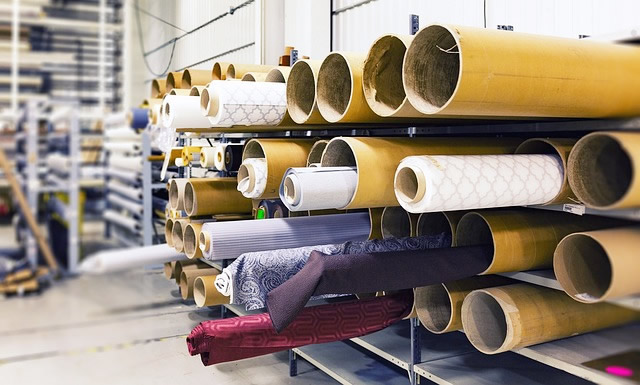先日から「Why fabric fraud is so easy to hide -「布地の偽装はバレにくい」を読んでいます。

・「布地の偽装はバレにくい」(1)
・「布地の偽装はバレにくい」(2)
・「布地の偽装はバレにくい」(3)
A typical supply chain in the textile industry can be incredibly complex, with separate facilities, often in different countries, completing each step in the process.
繊維業界の一般的なサプライチェーンは非常に複雑で、多くの場合、異なる国にある別々の施設がプロセスの各ステップを完成させている。
Cotton grown in Egypt might be shipped to India to be spun into yarn in one facility, woven into a fabric in another, then sent to Portugal to be cut and sewn, before being sold in a department store in London.
エジプトで栽培された綿花は、インドで糸に紡がれ、別の工場で布に織られ、ポルトガルで裁断・縫製され、ロンドンの百貨店で売られるのかもしれない。
“The fashion supply chain is super fragmented and very dense,”
「ファッションのサプライチェーンはかなり断片化されており、非常に密です」
fragment「破片、断片、かけら、断章、未完遺稿、残存断片物」。
says Kathleen Rademan, director of the innovation platform at Fashion for Good, a non-profit working to make fashion more sustainable.
と語るのは、ファッションをより持続可能にするべく活動する非営利団体 Fashion for Good のキャサリン・レイドマン氏
“It’s hundreds of hands that an item passes through before it comes into the consumer’s hands.”
「消費者の手に渡るまでに、何百人もの手を経ている商品なのです。」
Often, retailers and brands themselves don’t know exactly where the fabric in their products comes from.
小売店やブランド自身、製品に使われている生地がどこで生産されたものなのか、正確に把握していないことがよくある。
A 2019 Unece study found that only a third of the top 100 apparel companies track their own supply chains
2019年のUneceの調査によると、自社のサプライチェーンを追跡しているアパレル企業は上位100社のうち3分の1に過ぎず
- and half of those only gather information as far as their immediate suppliers.
その半数は直近のサプライヤーまでしか情報を収集していないことが判明した。
まあ服を作っているメーカー側としては、なるべく良い材料をなるべく安く買いたい、これが本音だと思います。
そして買う側の消費者も、そこまで厳密に素材が分かる人は少なくて、何となくイメージで良さそうな物を選ぶ。
これだと素材を真面目に仕入れて生産するメリットは「名誉・誇り」以外にないので、なかなか大企業にそれを求めるのも難しそうな気が・・・。
もちろん真面目にやってほしいですけどね。
理由は単純明快!「少ないコストでしっかり楽しく学べるから」。
私自身の経験(高機能でビックリ)をびっしり書いていますので、良かったら読んでみてください。
下のバナーからどうぞ!






